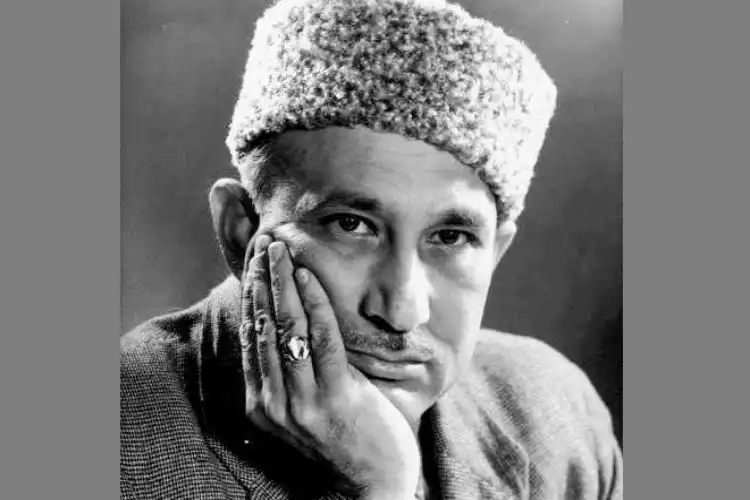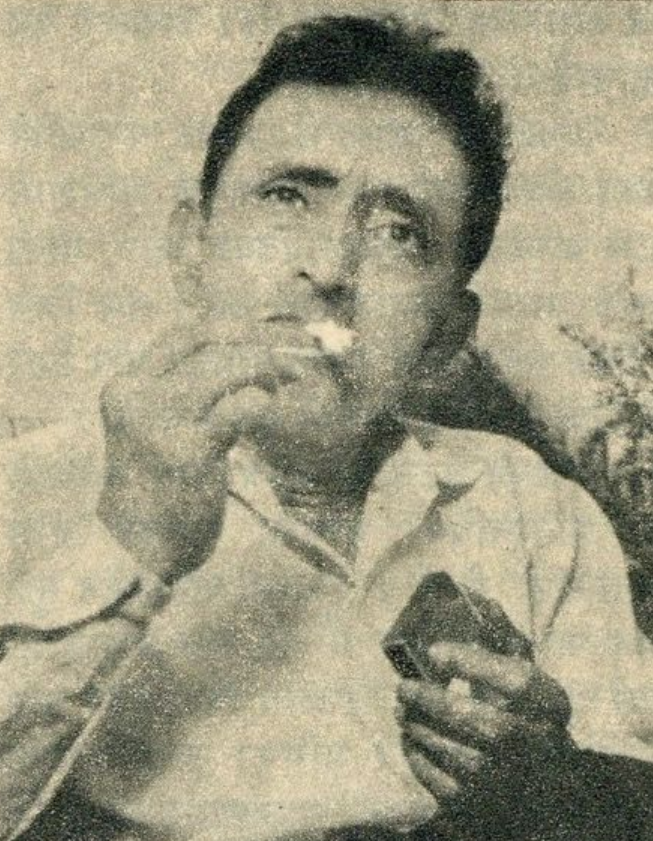
Saquib Salim
“Fear leads to hatred — hatred leads to violence of language and of temper — violence leads to the mutual slaughter of the two brothers!” This is what the renowned journalist, writer, and filmmaker, Khwaja Ahmad Abbas said about the lack of communication between Hindus and Muslims in India as a reason for communal violence. In his autobiography, Abbas elaborated on an incident where a violent situation was averted through a candid intercommunity dialogue.
Soon after it was announced that India will be divided, people of Bombay (today’s Mumbai) had divided itself into Hindu and Muslim enclaves. Abbas, a secularist, and nationalist, would prefer death over moving out of his house located in a Hindu neighbourhood of Shivaji Park. One day his neighbour Bhaskar Rao told Abbas that a Swaraksha Dal (Self-defense group) was being formed to protect the area from fanatic Muslims who might attack them. The residents unanimously elected Abbas, the only Muslim, as a member of the executive of the Dal.
It was proposed that the members of Azad Hind Fauj of Netaji Subhas Chandra Bose should be engaged to protect the locality. Later, Abbas wrote, “the proposal had received universal and enthusiastic support, as it was said it was our patriotic duty to provide succor to the unemployed INA personnel”. The names of 12 INA soldiers were readout. Some members objected to one Muslim name among them. It was an irony that the same group who had picked Abbas to the committee were not ready to appoint a Muslim to look after the security of their families.
.png)
Shivaji Park in 1947 (Image courtsey Journal of Indian Institute of Architects)
Abbas records that after he left the meeting in protest, a neighbour told him: “After you left, we had a big discussion about the INA personnel. We managed to persuade the two or three nervous and non-secular types to accept that the INA soldiers are above communal considerations. A Hindu, a Sikh, or a Muslim- as a member of the INA – is first an Indian! So we have appointed the INA people to guard Shivaji Park.”
At the next meeting of Swaraksha Dal, the members discussed chances of attack from Muslims living in Mahim. The members decided to patrol the seaside with lathis (batons), whistles, and torches since police were patrolling only the roads. Abbas was also patrolling at night with a lathi in his hands. While patrolling the seaside, he had somehow moved away from his fellow Swaraksha Dal members when he saw a group of lathi-wielding Muslims coming from the Mahim side. He was afraid.
Abbas narrated the incident in his autobiography like this:
“Kaun hai?” (who is there?), someone from the mob shouted.I (Abbas) could detect a note of fear mixed with alarm and apprehension in this voice.
I said, “I am Khwaja Ahmad Abbas; have come to talk to the people of Mahim.”
“What do you want to talk about?” said one of them.
I replied, “We hear that you are going to launch an attack on us in Shivaji Park? Is it true?”
“On the contrary,” he replied, “we hear the Hindus of Shivaji Park are going to attack us, the Muslims of Mahim. We saw some lathi-armed Hindus coming to this side to launch a sneak attack on us in the night. So we also took our lathis and came to defend ourselves! You have armed INA people to lead the attack.” “I am not a Hindu but a Muslim—there is also a Muslim among the INA people. So you have two guarantees that the people of Shivaji Park will not launch an unprovoked attack on the people of Mahim.”
Soon a short, slim man came forward, looking like Sancho Panza (A fictional character in Spanish Novel Don Quixote) with a lathi twice as high as himself.
“Abbas Saheb.”
“Khan Saheb.”
That was the late Rashid Khan, the pocket-sized actor of the radio, and Dharti ke Lal , a Hindi film on Bengal famine made by IPTA.
“What are you doing with this lathi?” I asked him at last.
“The same as you are doing, Abbas Saheb. Remember the dialogue I delivered in Dharti ke Lal?”

Actor Rashid Khan
“I remember it very well. After all, I had written it. There, as a teacher who has gone mad after the death of his wife, the wild-haired man, hugging a street lamp, makes the final comment on the human condition. So I intoned the dialogue:
“Suna hai insaan pehle bandar tha! Ab taraqqi karte karte kutta ho gaya hai — kutta!” (I have heard that humans have evolved from monkeys! Now, with evolution, they have become dogs - dogs!)
‘'Yes, you are right. I don’t know why but I remembered that dialogue today with lathis in our hands, we were patrolling the beach and hiding in the shadows, expecting an attack from the Shivaji Park.”
Rashid Khan and Khwaja Ahmad Abbas decided that they would bring six persons from each side at Ghodbunder Road check post, the barrier between Mahim and Shivaji Park, to dispel the rumours. The next day the two sides met at the barricade; discussed rumours and then everyone started laughing at their incredulity. Soon, shopkeepers came from their shops to inquire about what was happening. People asked the police to lift the barricade. “Hindu and Muslim who were supposed to be thirsting for each other’s blood were embracing each other, laughing and some weeping!”
Also Read: Nani Hakko was the first Indian be buried in a handloom shroud
Indian society is still suffering from this syndrome of mistrust. Due to the impressions created by selfish politicians, Hindus and Muslims continue to mistrust each other. It creates fear, and as it happens, fear-stricken people become perpetrators of violence. This communication gap between the communities can only be filled with conversations and dialogue.
(Saquib Salim is a writer and a historian)
